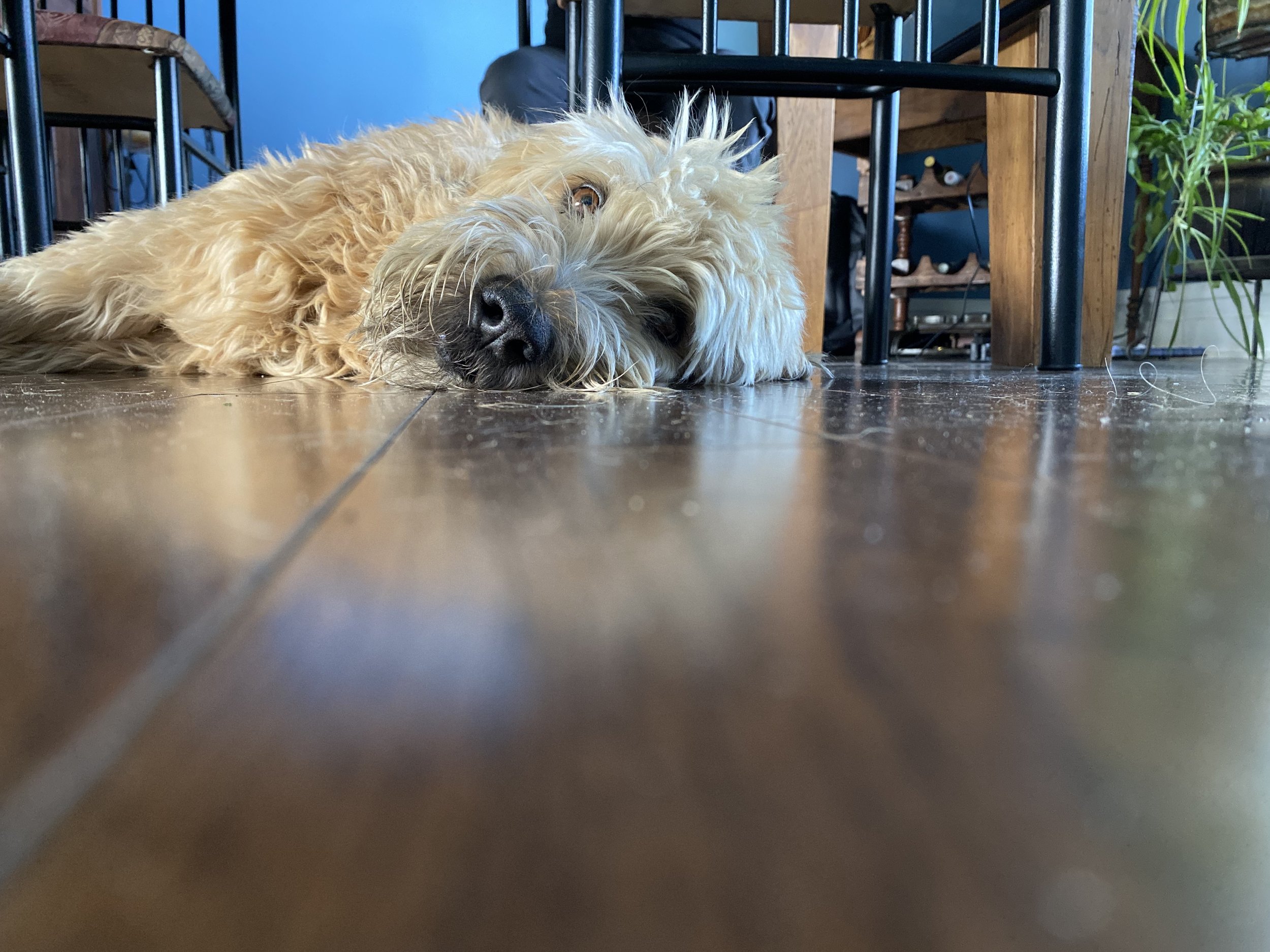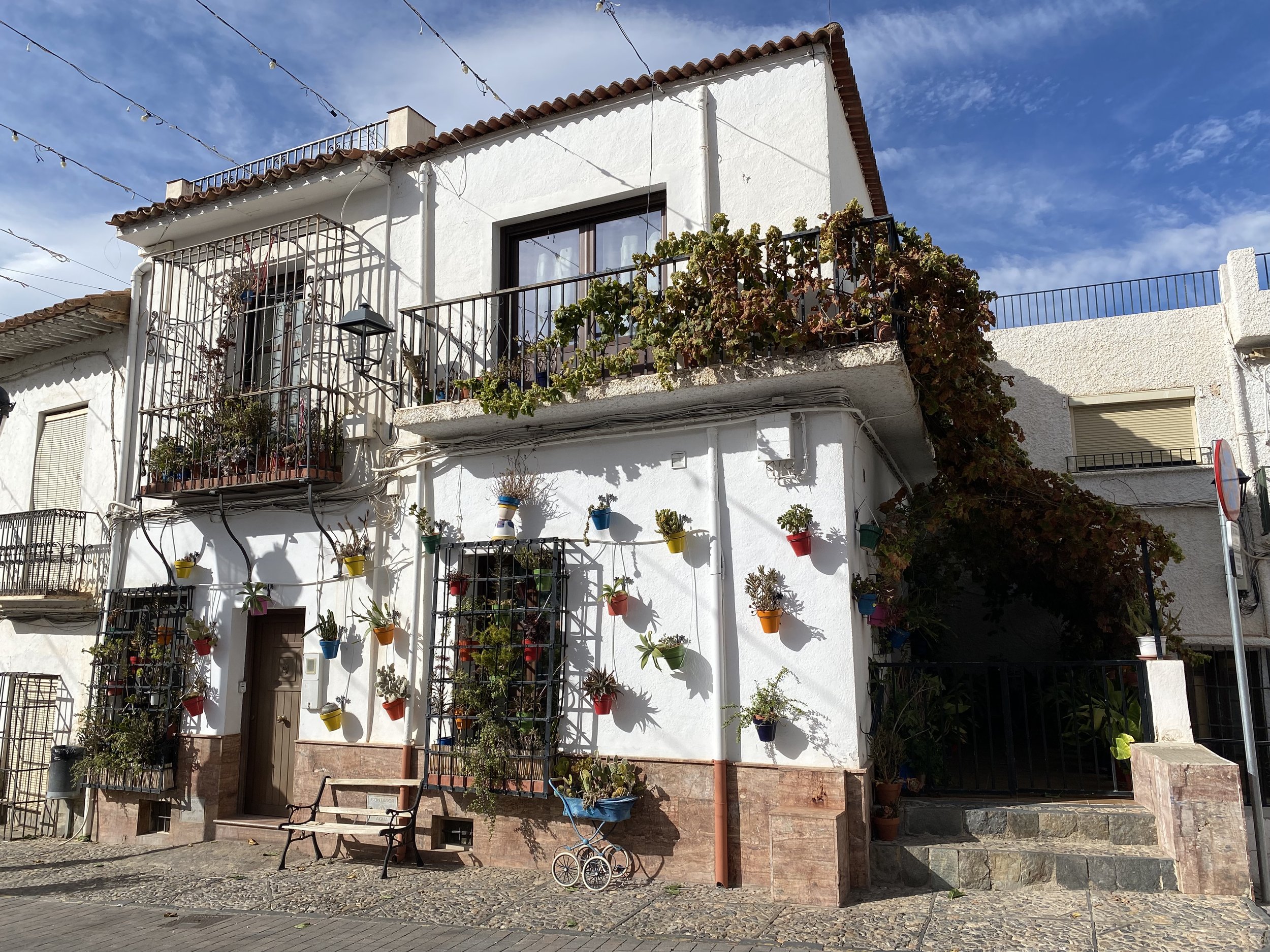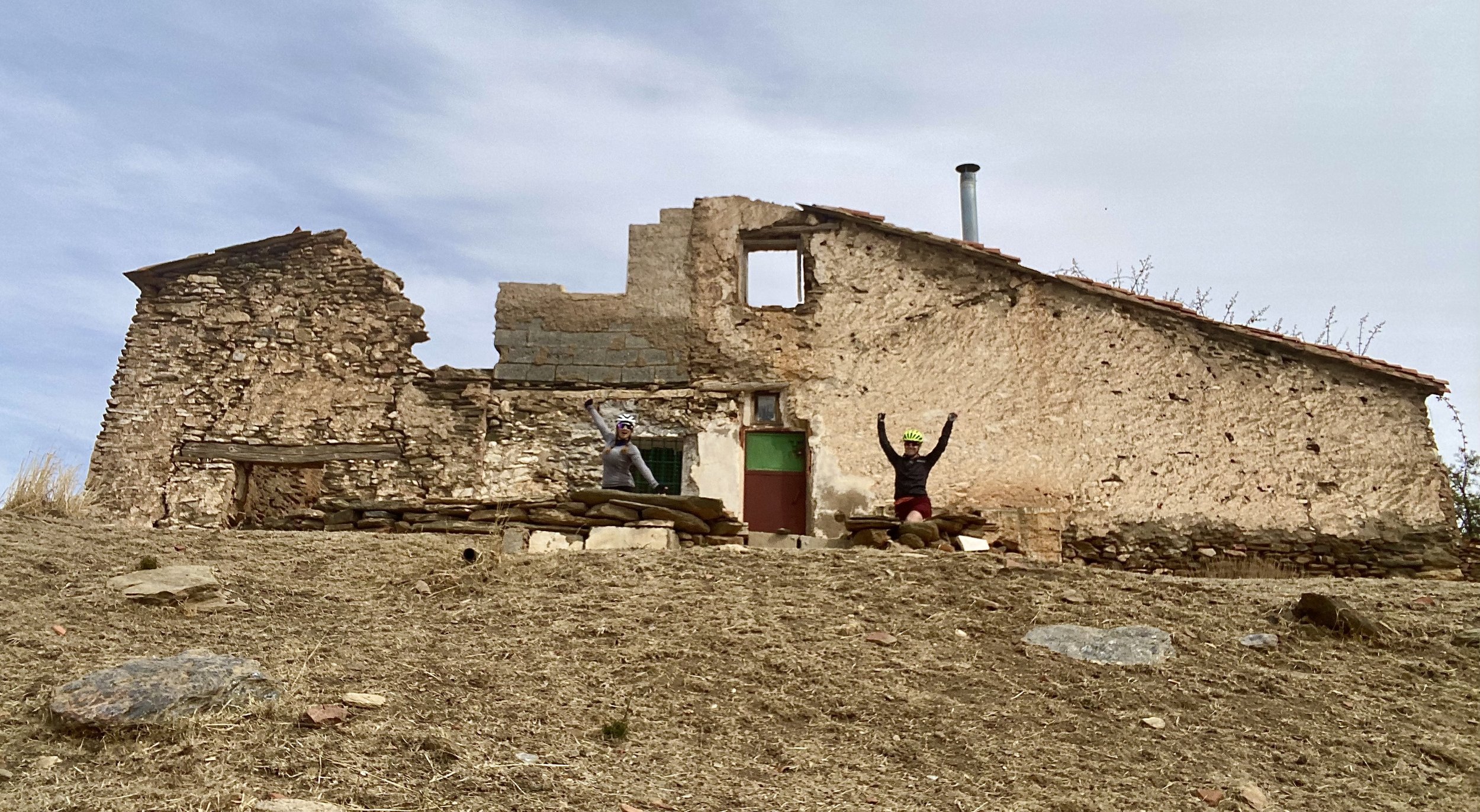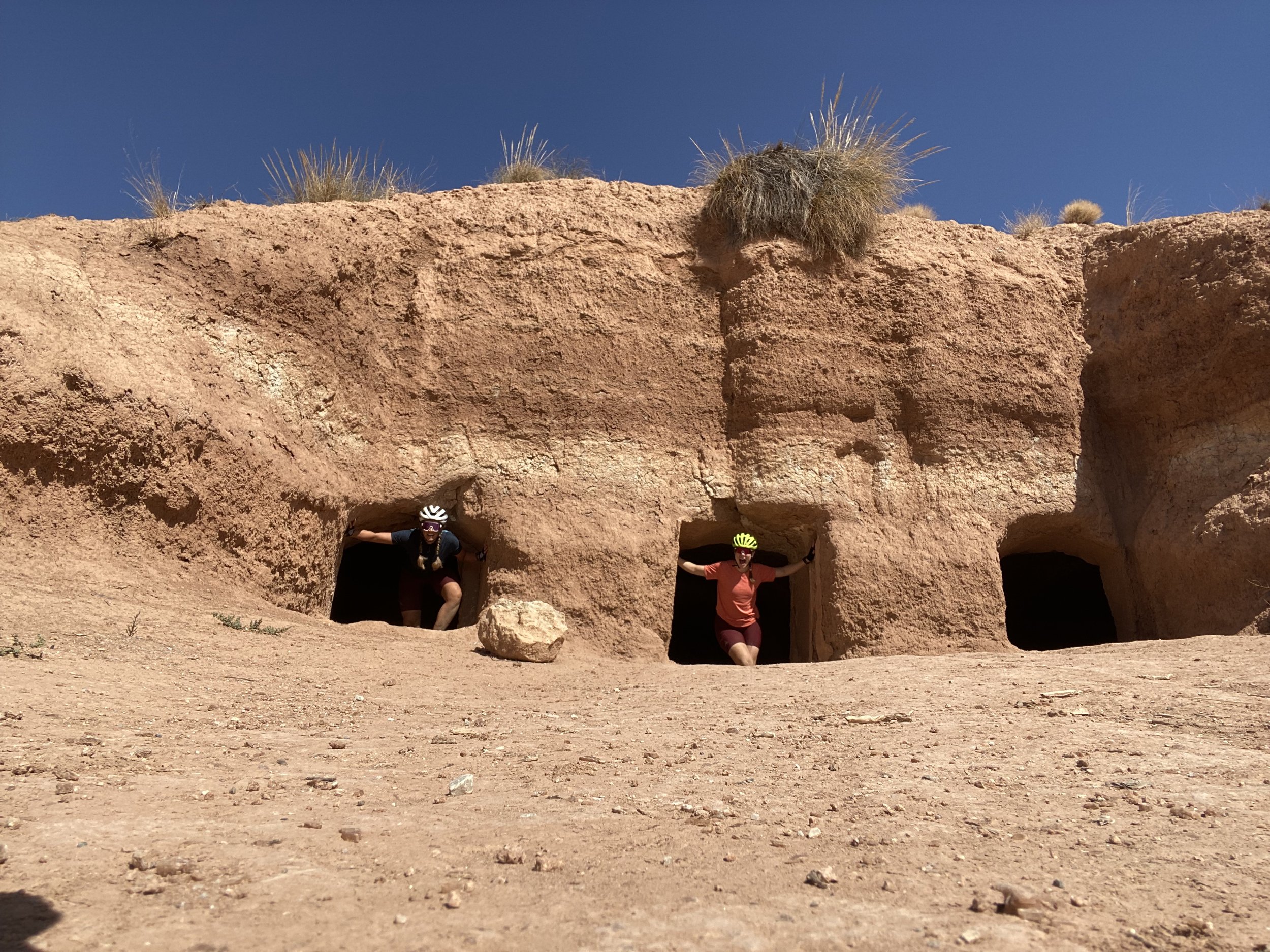Shoulder Season Hiking: Franconia Ridge, The Gear
I have been caught off guard before on unexpectedly cold vacations (Iceland in 2016), and I was not about to relive this experience. So when we arrived in Franconia Notch State Park for a mid November hiking trip and it was unexpectedly cold, icy, and snowy (see my blog post of Shoulder Season Hiking: The Franconia Ridge loop, New Hampshire, USA Review), we delayed the ridge walk by one day to equip ourselves with more appropriate alpine gear and test it out on shorter slopes. Bonus: I got some new gear out of the experience!
Iceland 2016 with my friend and travel companion, Tanja.
The Gear:
Layers are mandatory for shoulder season hiking. As exertion leaves you sweating through your shirt, and winds set in above the tree line, wet clothing can be uncomfortable at best, dangerous at worst, without a wind proof outer layer.
Mandatory clothing for alpine shoulder season hikes includes:
1. Sweat wicking thermal layer next to skin, both top and bottom. My favourite is a Helly Hansen Half zip Merino Wool base layer with gators for your hands and option to zip it for neck or face warmer. I find this zip system useful for fine tuning temperature regulations over the different terrain. https://www.hellyhansen.com/en_no/w-hh-lifa-merino-hybrid-top-48338
2. Down-filled mid layer that is quick dry and able to maintain warmth even when damp. This layer should have a drawstring waist to prevent cold air from gusting up into your jacket in an alpine zone. It’s a nice bonus if it has narrow or elastic wrists to prevent cold air from entering. We prefer that this layer includes its own hood. When you are in cold alpine zones having a toque and two hoods seems to work the best. I used my Arc’Teryx Atom AR Hoodie, for these conditions and it met all the specs. https://arcteryx.com/ca/en/shop/womens/atom-ar-hoody
3. Outer layer of gore tex or gore tex alternative fabric for wind and rain protection, including a hood. Will and I both chose an outer layer that also had down fill. This is where I was lacking and I got new alpine gear. I choose The North Face women’s Gatekeeper Jacket. This alpine gear is equipped with a wind proof / water proof outer layer, wrist gaiters and armpit zips – all great for hiking. It comes with some spec that make it useful for other alpine sports including a skiing/snowboarding helmet compatible hood, goggle pockets, a goggle wipe, and the length in the back will keep your bum dry when you are sitting on the slopes to fasten your snowboard bindings. This made it a good choice for me and I couldn’t be more happy with it so far.
4. Socks and footwear. I have to give one tip of advice for something I learned about footwear the hard way. Your hiking boots are meant to have a thermal layer of air around your toes. Your feet heat up that air and keep your toes warm. Don’t make the mistake of wearing multiple layers of socks thinking they will keep your feet warmer. They won’t. If your toes feel squished, can feel the end of your boots, or don’t have that air pocket, they will get cold. For a good pair of wool socks, we prefer Darn Tough, as they are the only brand for us that hasn’t developed holes with use. They have held up to our expensive sock expectations. https://www.darntough.ca/
I chose to take an additional base layer to change into once we reached the ridge and were done the bulk of our climbing. This was a good idea in theory as my base layers were soaked through in sweat and the winds up there were pretty unforgiving. Though summiting Mount Lafayette was a surprising amount of climbing and despite my best efforts to keep a moderate pace, this layer also got pretty wet. However, I liked this system, and would recommend it as it does take the edge off the cold. I would also recommend taking a change of toque and base layer mitts for the same reason.
Accessories:
1. Crampons and Poles. This one I would call mandatory. The brand we used were the IceTrekkers Diamond Grip crampons. These worked sufficiently for the snow we encountered, though would not be heavy duty enough for the ice crossings and several frozen areas we encountered.
The Falling Waters side of the loop holds up to it’s name and is almost one continuous stream of stunningly beautiful waterfalls, especially in wintery conditions. However, we were forced to negotiate completely iced over steep climbs and icy river crossings with little support. The crampons we had helped a bit here, but were not fool proof. Hiking poles would have been a welcome addition. Will and I don’t typically use these, and this hike was no exception, though we both agreed the steep, unrelenting, snowy terrain combined with completely iced over rock pitches would have made hiking pole a valuable asset.
2. Water: We both used a camel back backpack and straw system to carry 2L of water. However, the straw system is a bit of a trick in cold weather. With temperatures hovering around zero Celsius, it takes only about 20 minutes before the water in your straw begins to freeze. Once the tub freezes through it is game over. You need to be taking a drink every 15 minutes to ensure your water doesn’t freeze. Drink enough water to empty the cold water from the straw and get to the warm water that is against your back (you will feel the temperature change in your mouth). This will also ensure you are getting enough liquid as you will be lacking the same thirst cues you get for warm weather hiking. This is a real problem. Will’s water ended up freezing so we were both using the same water supply. We planned on dumping the contents of his remaining camel back bladder into mine when we emptied mine, but we actually didn’t reach the bottom of my 2L. The two of us only consumed 1.5 L of water in the near 6 hours we were hiking, and I was dangerously dehydrated that evening. Water consumption is a well known issue easily overlooked. We would recommend keeping a Nalgene inside your pack, in a plastic bag (just in case). Having a water bottle inside your pack will help prevent it from freezing. If you choose to keep the bottle on the outside of your pack, be careful not to over-tighten. If it freezes in this state it will be near impossible to open.
3. Food. We took some of our favourite snacks on this trip – trail mix, granola bars, apples, cheese curds, and meat sticks. A consideration for cold weather hiking is how many more calories your body requires to do the same amount of work in the colder temperatures. This is simple thermal dynamics. The body is a conductor, and requires a consistent homeostasis to operate its usual functions. As your body will require extra energy to maintain a consistent internal temperature against the elements, plus the extra energy needed to do the hike. Make sure to consume more than your usual caloric intake for the same level of physical exertion. I made this mistake and burned out by the summit. Eat before you are hungry, you’ll need it.
Will loves his trailmix so much he decided to take a picture of the inside of the bag.
For the Dog:
For our pooch, Stewart, we brought his winter boots, but quickly found he needed the use of his claws to navigate the ice. His hair is a nightmare, and holds the snow causing his paws to grow into massive snowballs. So we use a waxy balm called Paw Protection, and applied generous amounts around his paws and between his pads, which prevents him from getting ice balls stuck to his paws. It worked surprisingly well. https://www.amazon.ca/Mushers-Secret-Pet-Protection-60-Gram/dp/B0002IJQDC
We didn’t have to worry about water for the little guy, as he is used to eating snow and drinking from the streams (we keep his shots up to date forleptospirosis which is an infectious disease that can be contracted through drinking from streams or puddles). However, he is working as hard as we are, and we make sure to bring extra dog food so he can have a snack a few stops along the way (plus maybe a bit of cheese, which he is always grateful for;-).














Destination: Benalua Distance: 97km, elevation gain: 2080meters, surface: 62% unpaved
We woke having to already adjust our intentions for the day. Our first day in the saddle was big, and we were unsure how long it would take to reach our next hotel. Plus we ran out of time the previous night to test ride the bikes and gear for any unseen airline damage. What we intended was an early start, giving us the most possible daylight hours for riding. But what we did was fall asleep having wrongly assumed the combination of jet lag and nervous anticipation would guarantee a restless night and inevitable early morning, so we chose not to set an alarm. That was unfortunate.